Guest blogger: Leah Hibbs
When it comes to lesson planning, educators often start with the content they want to cover, moving step-by-step toward what they want students to learn. However, backward design offers an alternative approach that begins with the end in mind; starting with the learning outcomes and working backward to create the learning experience. This approach ensures that every activity, resource, and assessment aligns directly with the desired results.
What is Backward Design?
Backward design is based on the premise that effective teaching starts with the question: "What do I want my students to know and be able to do by the end of this lesson?" By identifying clear learning objectives first, educators can tailor their instruction to focus on what truly matters. The process typically follows three stages:
- Identify desired results: Determine the knowledge, skills, or competencies students should acquire by the end of the lesson or unit. These should align with larger course goals and standards.
- Determine acceptable evidence: Figure out how students will demonstrate that they’ve met the learning objectives. This might include tests, projects, presentations, or other forms of assessment.
- Plan learning experiences: Design activities, lectures, and assignments that help students reach those objectives and prepare for the assessments.
Why Choose Backward Design?
Using backward design helps ensure that the lesson is purposeful and goal-oriented. Rather than adjusting content to fit within a predetermined timeframe, the lesson is constructed to serve the student’s needs based on the desired outcomes. This method also allows for greater flexibility in how lessons are structured, as it emphasizes achieving the goal rather than completing specific tasks. Additionally, the backward design supports differentiated instruction. With clear learning objectives in mind, educators can modify or scaffold tasks to meet the diverse needs of all learners, ensuring that each student has the opportunity to succeed.
Backward design empowers educators to focus on student outcomes, ensuring that the learning journey is purposeful and effective. It shifts the focus away from “covering content” toward meaningful learning experiences. When planning lessons with the end in mind, teachers can confidently guide students to achieve their full potential.
Resource URL: https://teaching.resources.osu.edu/teaching-topics/using-backward-design-plan-your

